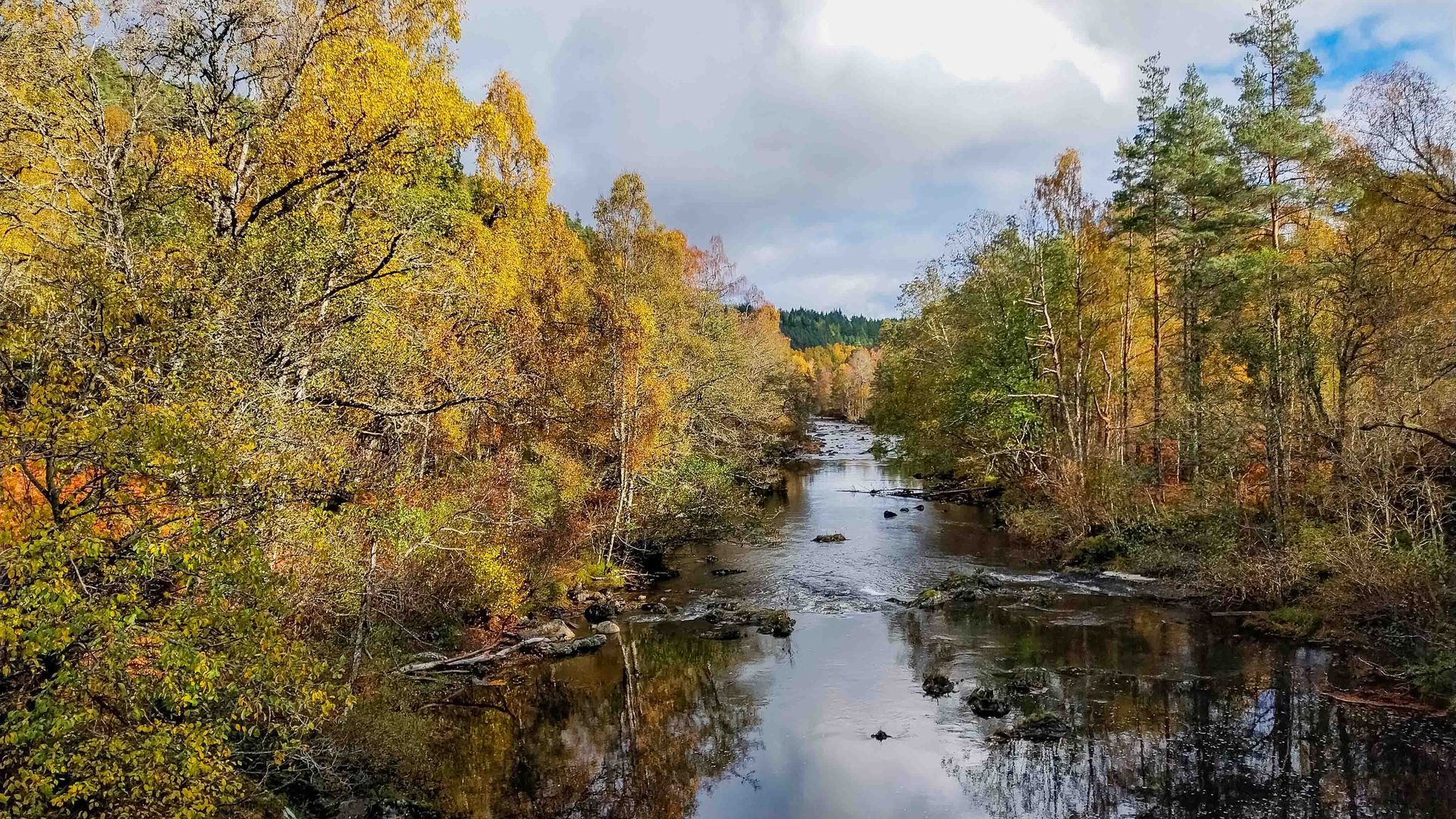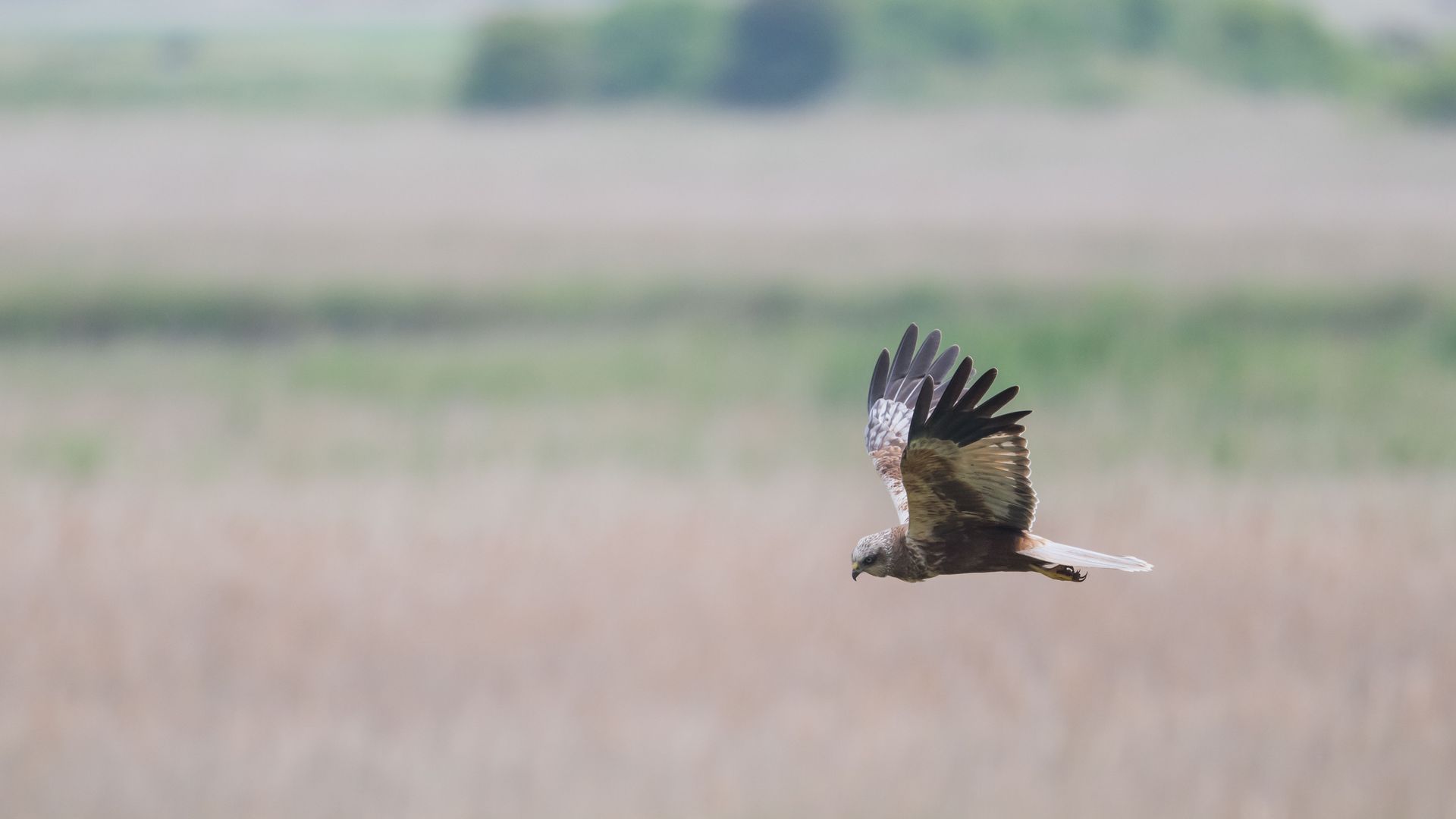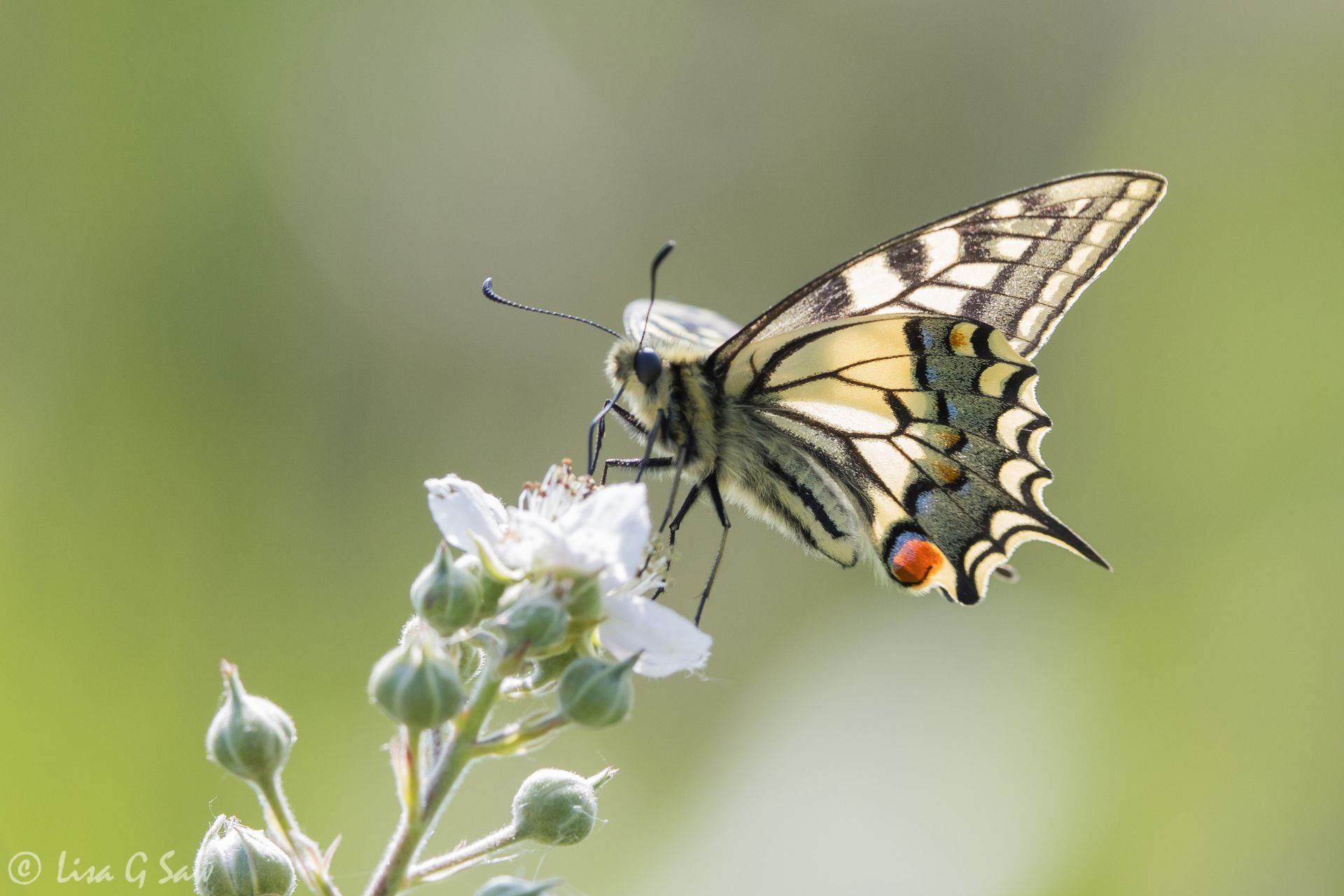In Search Of Chequered Skippers
May/June 2024
Right at the end of May and into June, my partner Bob and I enjoyed a fabulous extended holiday up in Scotland and Cumbria, for three and a half weeks. We had four different bases over the course of this time with different focuses in each area. In Fort William it was butterflies and insects, on the Isle of Mull we had two different bases and we wanted to see a variety of insects, birds and mammals, and then down in Cumbria, on our way home, our focus was once again on butterflies.
You may have already read about my quest to see all the butterfly species in Sussex (Discovering Butterflies of Sussex). Now, I'm trying to see all species within the UK, something Bob has already achieved (back in 2015). I've written a few posts about this new butterfly journey so far: A Day Trip to Wiltshire and A Butterfly Quest in Somerset and Dorset. Both outings took place in 2023 and were relatively close to home. This time our journey took us up north, specifically organised around seeing new species for me - ones we don't have in the south of England.
This post is the first of several that I'll write about our amazing trip and is a continuation of my butterfly quest.
We started our adventure in Fort William, Scotland and the primary target was the gorgeous Chequered Skipper (Carterocephalus palaemon). It's one of eight species of Skipper we have in the UK and one of the three that are distinctly more patterened and not so golden in colour. After two days of travelling up north, with a stopover in Keswick on the way up, we arrived in Fort William by the mid afternoon. We had plenty of time to do a food shop and settle into our luxury self-catering pod, which would be our home for the next four nights.
It was a fairly warm partly sunny afternoon and it seemed a shame not to make the most of the day. The weather forecast for the days ahead was not ideal for butterfly spotting, with a lot of wet and windy weather looming. So, we decided to have a quick bite to eat and then head off with our cameras to Glen Loy.
It was still light when we arrived at about 6.30pm, but by then it was more cloudy and we were feeling slightly dubious about our chances of spotting any Chequred Skippers. At least this far north, the days were longer, so we still had a few hours to explore. It's just as well we like a challenge!
After parking the car off the road, we headed to the river where we saw a Common Sandpiper fly past. What a lovely welcome! We crossed the bridge and continued walking slowly alongside the river, near the road, looking for any insects. I remained hopeful and positive I would see my first Chequered Skipper that evening and, to be honest, it wasn't long before Bob spotted one resting on a blade of grass. I was thrilled! What a relief!
As the butterfly was roosting, we could only see the underside. But what beautiful wings! Its unique gorgeous white spots meant we had absolute certainty of the species. It made a nice change! The other species of Skippers - the golden orange ones are more difficult to differentiate, well at least for a relative novice like me.
What you can also appreciate here with the Chequered Skipper is the slight hook in the antennae, which is only apparent with Skippers. You can also see that it's a female, with it's more rounded abdomen, which is fractionally shorter than a male.
I was grateful we had a good amount of time to enjoy photographing her. Then, after about 15 minutes, the sun suddenly appeared in between a break in the clouds and she opened her wings almost completely to reveal her striking chequered pattern for which the species is named. The soft early evening sunlight was shining on her beautifully.
For the first time, we were able to appreciate just how fresh she was, with very little damage to the scales on her wings and a near perfect cream fringe. Stunning! What luck to find such a beautiful specimen!
Our luck continued! About 15 minutes after this one had opened her wings, I spotted another one flying nearby. I was even happier to have found one myself. I left Bob to continue photographing the first one, and spent some time with the second one for a while, another female looking really fresh.
When the sun reappeared, I was able to take a lovely backlit photo of the first one. It was the perfect way to end the evening. We'd spent about an hour and a half there and it was time to leave them in peace. What a great first evening! My main target for the week had already been achieved, so I was more relaxed about the rest of the week in Fort William and what we might see. Everything else would be a bonus from then on in.
The following morning, at about 10am, we returned to Glen Loy. The first Chequered Skipper that Bob had found the evening before had disappeared somewhere else. But, I was amazed to see the one I'd spotted was still roosting in the grass. It wasn't that warm and sunny, so she'd not been tempted to take flight yet. Though, she did open her wings on the few brief occasions it looked like it was trying to be brighter.
I love taking these underwing shots, as well as the more usual upperwing ones. It makes for a more interesting perspective for me. She clearly had her eye on me, but didn't fly away, which I was very pleased about. I'm always very conscious of disturbing the butterflies as little as possible, whilst appreciating their beauty.
On this day we found more Chequered Skippers - about 10 in total. I wondered where they'd all been hiding the evening before! It was so lovely to be able to spend lots of time observing and photographing them on different flowers and locations. I was thrilled to capture the photo of a Chequered Skipper perched on an old flower head with a fly on the opposite side to her. A great photo bombing moment!
Even though it was late May, the Bluebells were still looking lovely in this shaded part of the river and not too past their best. I love Common Bluebells and the way the petals curl over at the tops. Apparently Chequered Skippers are known for liking blue and mauve flowers, which was very fortunate for me! I had a field day photographing them, even those ones that weren't quite as fresh looking (males) as the two females from the evening before. The fringes of their wings looked far more worn and ragged, but it was good to be able to appreciate this difference.
I love it when you can see the butterfly proboscis curled like this, just before or after nectaring on a flower. I also love the way their legs are delicately hanging on to the petals. These butterflies are so light, the weight of them doesn't even make the flower move. Noticing all these tiny little details is such a joy for me. Nature is marvellous!
On our second full day in Fort William, we had a short walk along Neptune's Staircase - a series of eight lochs on the Calendonian Canal. We were both amazed to spot a Chequered Skipper along the east side next to the river above the lochs, as we don't think it's a known site for them.
The rain curbed that visit short and we drove north to Allt Mhuic Butterfly Reserve on the north shore of Loch Arkaig. By the time we reached there, the rain had stopped, which was handy as it was time for lunch. We were able to sit at a nearby picnic table to eat before exploring with our cameras.
Despite the changeable conditions, we were blessed with some spells of sunshine on this day soon after lunch, which bode well for seeing more insects. We'd hardly walked far beyond the car park, when we reached an open gravel area and saw lots of Chequered Skippers in a really small area - more than we'd seen on the previous day. I was amazed to find multiple males nectaring on the White Clover. You can clearly see in these photos how the abdomen of the male is narrower and longer than the female, as it extends beyond the edge of their wings.
I love this image of what appears to be a male Chequered Skipper flying, with its wings beautifully wide open. However, it isn't flying at all. You can't see the small yellow Tormentil flower that it's perched on.
We stayed in this low area for quite some time photographing different insects, and not just the Chequered Skippers. But, eventually, we actually ventured into the reserve and walked uphill to see what else we could find. In terms of Chequered Skippers, not many more, but we did spot this lovely fresh female close to the path.
She was quite flighty and didn't stay long in any one position. She flew into some vegetation just off the path, which made it tricky for us to photograph her. I was able to capture a few images before she flew off, aided by the wind, disappearing into the distance.
When we returned to the bottom of the reserve, it was more cloudy. In the distance, we could see some blue sky. Bob was keen to wait a while and see if it would brighten up where we were. While we waited, I was happy spending my time experimenting with my new mirrorless camera, especially the video setting. I really enjoyed watching the Chequered Skippers nectaring some more on the White Clover.
There was also this one female Chequered Skipper perched on the top of a tall stem, which gently moved about in the wind. Thankfully, after quite a bit of waiting, the sun did eventually appear. Bob had been keeping an eye on a roosting male that finally opened up his wings when the sun appeared, and we both enjoyed taking our last photos of the day.
On our last full day in the Fort William area, we travelled south to Glasdrum Wood National Nature Reserve, which is one of the best known sites for seeing the Chequered Skipper. However, being the more southerly site, numbers are higher and the butterflies are in better nick earlier in May. Late May evidently was not a good time to see them. Whilst there were plenty of other insect species for us to enjoy that day, we only saw about five Chequered Skippers. They weren't looking their best. Even the female, shown here, was looking tired, compared the beautiful bright females we'd seen just the previous few days further north. It shows how sites can vary depending on how far south or north they are.
As the first part of our trip came to a close, I was very happy to have had several wonderful encounters with the distinct and lovely Chequered Skipper. It's certainly one of my favourite of the Skipper species. It meant I was one step closer to seeing all the butterfly species in the UK. With more new species to see towards the end of the trip, I was hopeful that I'd have three more new species to add to my seen list: Large Heath, Northern Brown Argus and Mountain Ringlet. Luck certainly seemed to be with us, so I was as optimistic as ever I'd achieve my goal by the end of our holiday.
The next post in the series is
Spring in Fort William.



